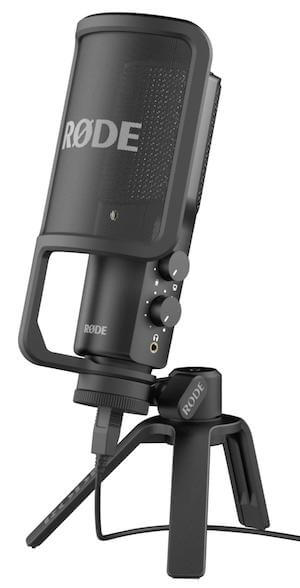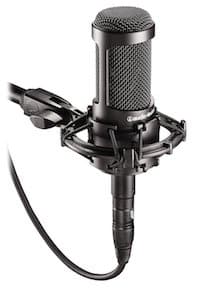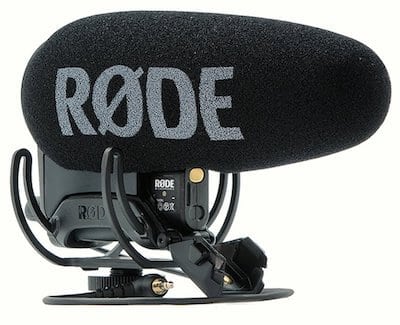Condenser microphones (also known as capacitor microphones) are well-known for their excellent audio quality and sensitivity. They typically have wider frequency response and better transient response than dynamic microphones.
They require power to work either through batteries or by phantom power and are preferred for studio recording or other environments where background noise can be controlled.
We’re going to be focused on large-diaphragm condenser microphones commonly used in home studios for recording voice, singing, podcasting, guitar, and more.
Some models have more than one mic capsule, allowing them to record different pickup patterns from the standard cardioid pattern typically used with single-capsule models. This tends to add a bit of additional cost – and I’ll highlight those options as well.
The cost varies widely so we’ll organize them by price so you can choose a mic that fits your budget. You’ll find mostly mics that use XLR connections, but I’ll also highlight a few USB condenser mics as well.
Here are my top picks for each price point in 2025:
- Over $1,000: Neumann TLM 170 R (multi-pattern)
- Under $1,000: AKG C414 XLII (multi-pattern)
- Under $500: Rode NT2-A (multi-pattern) or AKG C214 (cardioid)
- Under $300: Rode NT1 (cardioid)
- Under $200: Blackout Spark SL (cardioid)
- Under $100: Audio-Technica AT2020 (cardioid)










